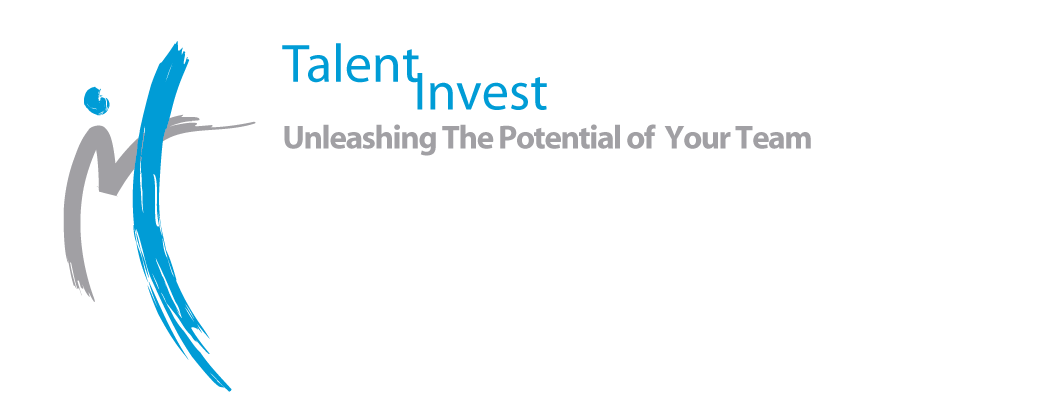Diversity Program Fatigue with nothing to show for it….
Much of what is written calls for bolder action to increase female representation in senior roles – bolder in scope and scale. Investment in programs designed to address this has been substantial.
It may now be helpful to pause and reflect on the reasons for this dismal lack of progress. More of the same, just harder and faster will not get us where we need to get to.
Flexible work arrangements, mentoring programs, unconscious bias training programs have been around for sometime. These initiatives and programs, often relied upon as silver bullets, have one thing in common. They do not necessitate a senior executive to take any personal stand other than advocate for the company’s decision to focus on diversity – perhaps visibly launching the initiative as sponsor, performing an oversight function on a Diversity Council receiving regular updates about how it is all going and complaining that the corporate programs are not effective. This will not bring about real change. Change needs to be owned in a very personal way by individual leaders. In reality organisational change is very much an illusion. I would go further and echo Peter Senge and say there is really no such thing as organisational change – only personal change. Organisational change is the consequence of personal change. Of course if enough individuals change in the organisation, you get a momentum to build which then can be reinforcing. So the somewhat illusory belief that change will come about as a consequence of a ‘program’ or ‘initiative’ is misplaced. Fatigue is the result.
Having worked with many senior teams around the world on this issue, we know how deceptively simple this may look to an organisation prone to taking ‘big’ action. As a result disconnects continue between the public declarations of committed CEOs and what their senior executives do in support of those declarations. Some senior executives will ask HR for more evidence, or pursue more analysis of their own (even when more analysis will clearly not change anything). Others may lament the workforce demography hand they have been dealt or externalise reasons for slow progress. At the heart of these all too typical responses is ownership – a lack of personal ownership for change.
The ownership I am referring to is a very personal act – taking personal steps to show the top revenue generator the door rather than excuse his/her values misaligned un-collaborative behaviour, advocating for and taking a risk with appointing someone with experience or a profile that is very different from the previous role incumbent and so on. It also requires getting into the habit of asking ‘disagreeable’ questions’ such as whether the ‘technical’ or ‘specialist’ requirements for a role are justified in every/all circumstances or whether the way the company has defined merit or performance is broad enough. But asking these ‘disagreeable’ questions of others is not enough. Taking the first steps themselves to break habitual patterns in how they personally lead. Rethinking the norms and success criteria for succession into key roles, making and supporting counter-intuitive moves, taking personal steps to level the playing field by removing obstacles, ensuring that everyone in the teams they lead has an equal opportunity to thrive and grow and being attentive and vigilant about counter-cultural messages they may be transmitting in what they say and do (and don’t say and don’t do for that matter). Every small action carries powerful messaging for the broader organisation.
So what can CEOs do differently? For starters, they can say ‘come back to me with a personal action plan’ and make sure asking for more data or more analysis is not one of the actions on that plan. I want to know what actions you are taking or will personally take, how you are communicating those personal actions to those you lead and how you are signalling what is acceptable behaviour and what is not around here’. This is the essence of leader-led change. There is no easy program fix.
